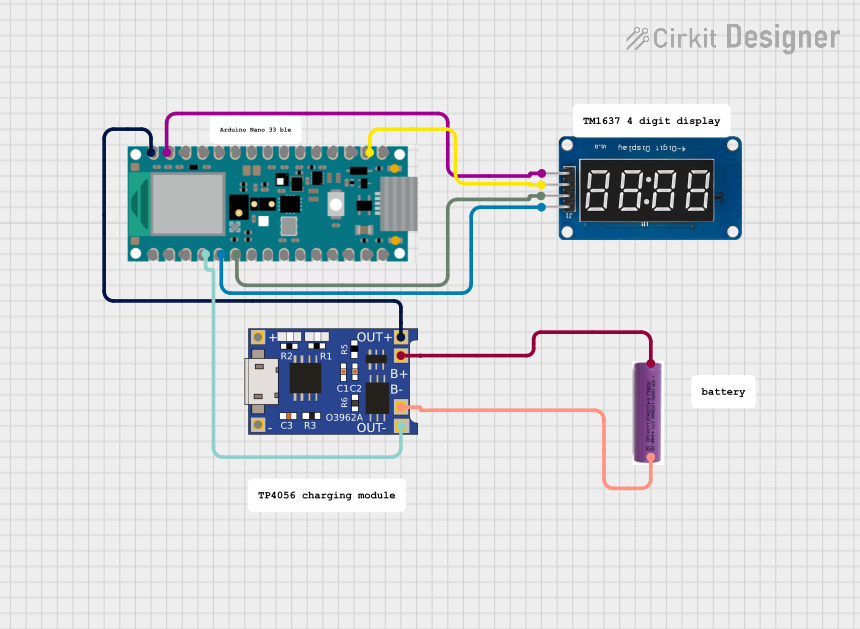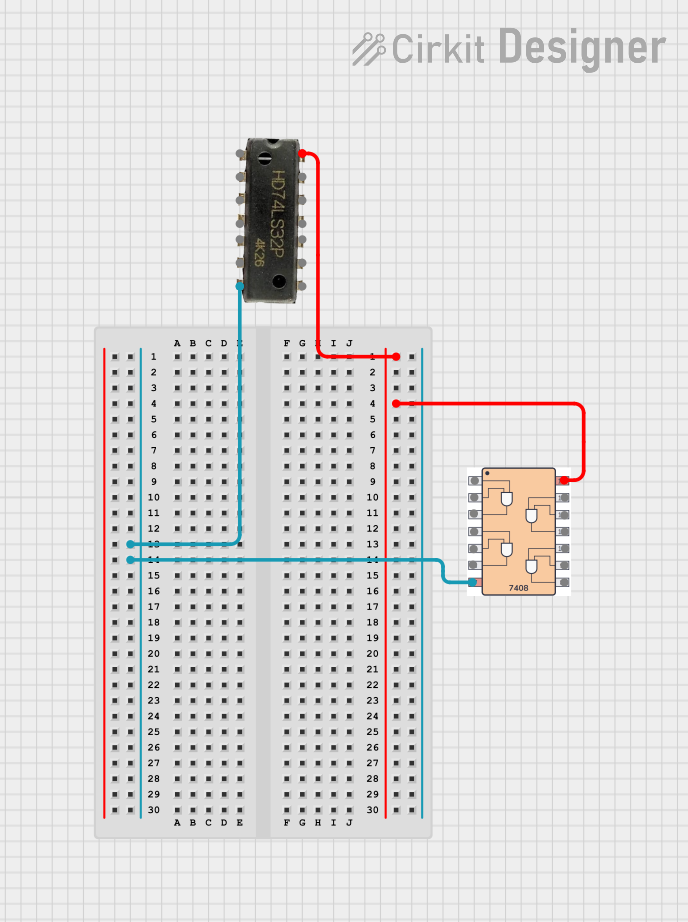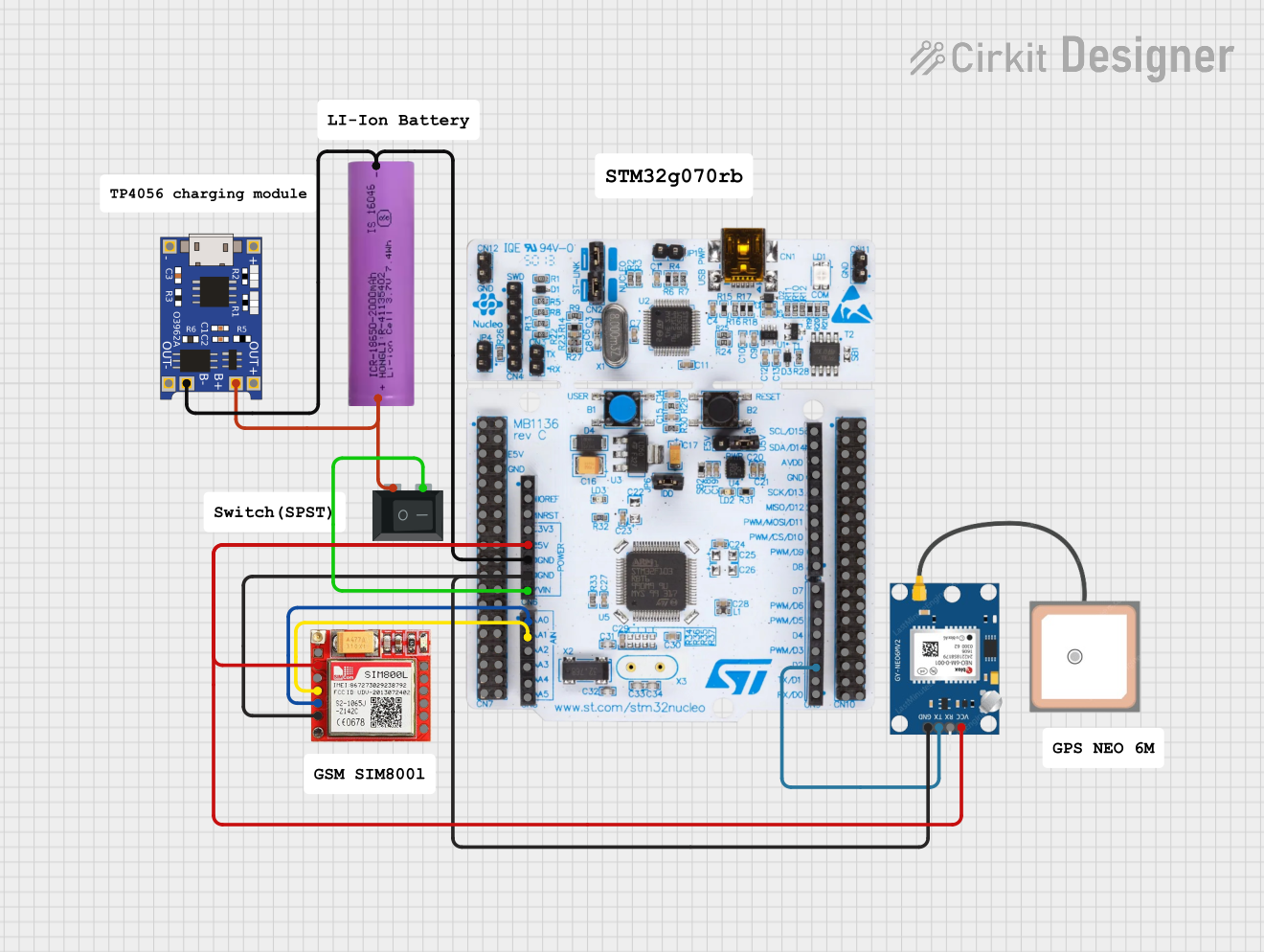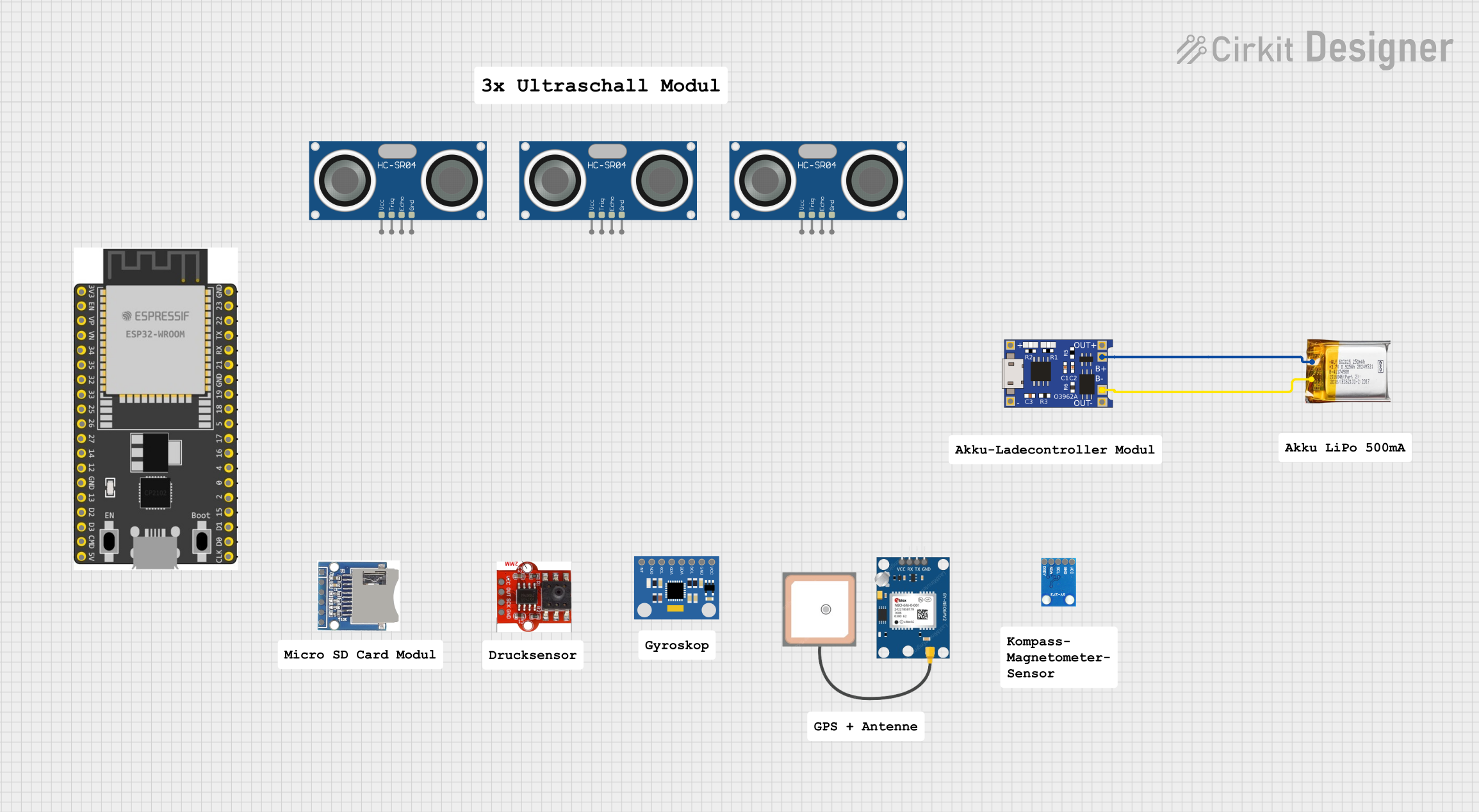
How to Use 4070: Examples, Pinouts, and Specs

 Design with 4070 in Cirkit Designer
Design with 4070 in Cirkit DesignerIntroduction
The 4070 IC is a digital logic integrated circuit that contains four independent 2-input Exclusive OR (XOR) gates. These gates perform the Boolean function Y = A ⊕ B, where Y is the output and A and B are the inputs. In an XOR gate, the output is high (logic 1) if and only if an odd number of inputs are high. The 4070 IC is commonly used in digital systems for parity checking, binary addition, and various other logic operations where a difference between signals needs to be detected.
Explore Projects Built with 4070

 Open Project in Cirkit Designer
Open Project in Cirkit Designer
 Open Project in Cirkit Designer
Open Project in Cirkit Designer
 Open Project in Cirkit Designer
Open Project in Cirkit Designer
 Open Project in Cirkit Designer
Open Project in Cirkit DesignerExplore Projects Built with 4070

 Open Project in Cirkit Designer
Open Project in Cirkit Designer
 Open Project in Cirkit Designer
Open Project in Cirkit Designer
 Open Project in Cirkit Designer
Open Project in Cirkit Designer
 Open Project in Cirkit Designer
Open Project in Cirkit DesignerCommon Applications and Use Cases
- Digital logic circuits
- Parity generators and checkers
- Binary addition and subtraction
- Encryption systems
- Signal comparison
- Pattern recognition
Technical Specifications
Key Technical Details
- Supply Voltage (Vcc): 3V to 18V
- High-Level Input Voltage (VIH): Minimum 3.15V (for Vcc = 5V)
- Low-Level Input Voltage (VIL): Maximum 1.35V (for Vcc = 5V)
- High-Level Output Voltage (VOH): Minimum 4.95V (for Vcc = 5V, IO = -4.2mA)
- Low-Level Output Voltage (VOL): Maximum 0.05V (for Vcc = 5V, IO = 4.2mA)
- Input Current (II): ±1µA at Vcc = 18V
- Propagation Delay Time (tpd): 60ns (typical at Vcc = 10V)
- Operating Temperature Range: -55°C to +125°C
Pin Configuration and Descriptions
| Pin Number | Name | Description |
|---|---|---|
| 1 | A1 | First input of Gate 1 |
| 2 | B1 | Second input of Gate 1 |
| 3 | Y1 | Output of Gate 1 |
| 4 | A2 | First input of Gate 2 |
| 5 | B2 | Second input of Gate 2 |
| 6 | Y2 | Output of Gate 2 |
| 7 | GND | Ground (0V) |
| 8 | Y3 | Output of Gate 3 |
| 9 | B3 | Second input of Gate 3 |
| 10 | A3 | First input of Gate 3 |
| 11 | Y4 | Output of Gate 4 |
| 12 | B4 | Second input of Gate 4 |
| 13 | A4 | First input of Gate 4 |
| 14 | Vcc | Positive Supply Voltage |
Usage Instructions
How to Use the 4070 in a Circuit
- Connect the Vcc pin (pin 14) to the positive supply voltage within the range of 3V to 18V.
- Connect the GND pin (pin 7) to the ground of the circuit.
- Apply the input signals to the A and B pins of the respective gates.
- The output can be taken from the Y pins of the respective gates.
Important Considerations and Best Practices
- Ensure that the supply voltage does not exceed the maximum rating of 18V to prevent damage.
- Unused inputs should be tied to either Vcc or GND to avoid floating inputs which can lead to unpredictable behavior.
- Decoupling capacitors (typically 0.1µF) should be placed close to the Vcc pin to filter out noise and provide a stable supply voltage.
- Avoid loading the output with a current higher than the maximum output current rating.
Troubleshooting and FAQs
Common Issues Users Might Face
- Outputs not behaving as expected: Ensure that the inputs are within the valid high and low voltage levels. Check for proper supply voltage and grounding.
- IC getting hot: This could be due to supply voltage exceeding the maximum rating or output being short-circuited. Immediately disconnect the power and check the circuit.
Solutions and Tips for Troubleshooting
- Verify the connections and ensure that the IC is not inserted backward.
- Check the supply voltage with a multimeter to ensure it is within the specified range.
- Use an oscilloscope to check the input and output waveforms for expected behavior.
FAQs
Q: Can the 4070 IC be used with an Arduino? A: Yes, the 4070 can be used with an Arduino, provided that the operating voltage levels are compatible.
Q: What is the difference between an XOR gate and an OR gate? A: An XOR gate outputs a high only when an odd number of inputs are high, whereas an OR gate outputs a high when at least one input is high.
Q: Can I replace a 4070 IC with another XOR gate IC? A: Yes, as long as the replacement IC has the same pin configuration and meets the voltage and current requirements of your circuit.
Example Code for Arduino UNO
Here is an example of how to use the 4070 IC with an Arduino UNO to perform a simple XOR operation:
// Define the input and output pins
const int inputPinA = 2;
const int inputPinB = 3;
const int outputPin = 4;
void setup() {
// Set the input and output pin modes
pinMode(inputPinA, INPUT);
pinMode(inputPinB, INPUT);
pinMode(outputPin, OUTPUT);
}
void loop() {
// Read the input values
int inputA = digitalRead(inputPinA);
int inputB = digitalRead(inputPinB);
// Perform the XOR operation using the 4070 IC
int outputValue = inputA ^ inputB;
// Write the result to the output pin
digitalWrite(outputPin, outputValue);
}
Remember to connect the Arduino pins to the corresponding input pins of the 4070 IC and the output pin of the IC to the Arduino's output pin as defined in the code.